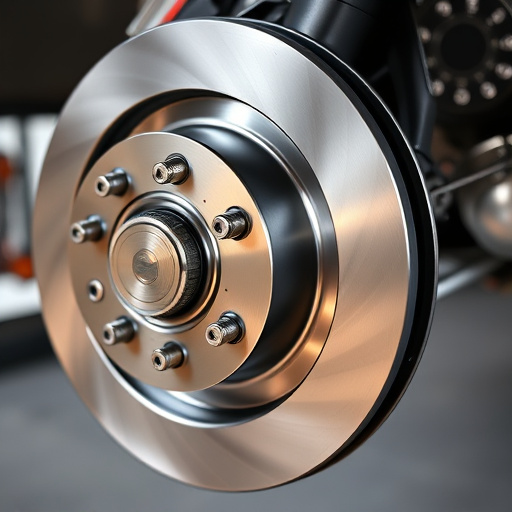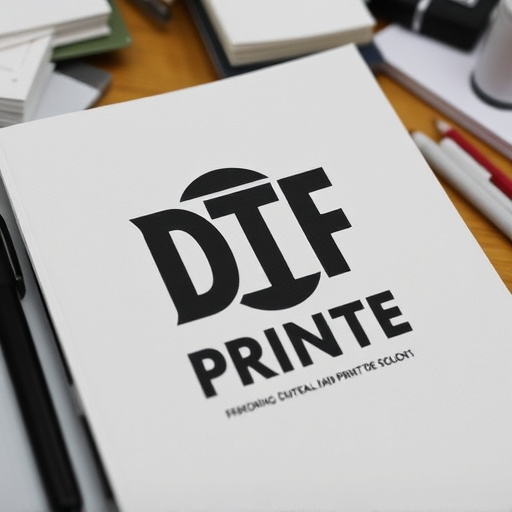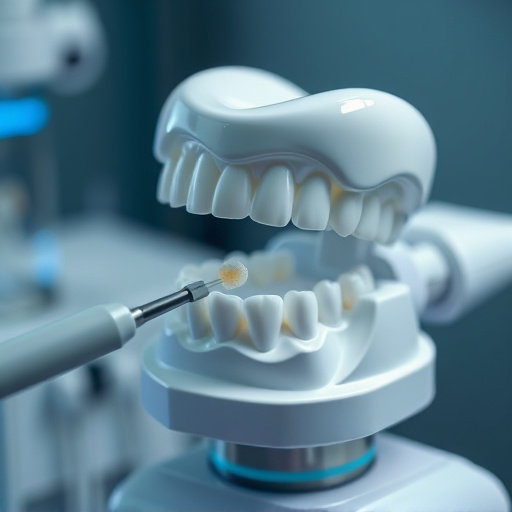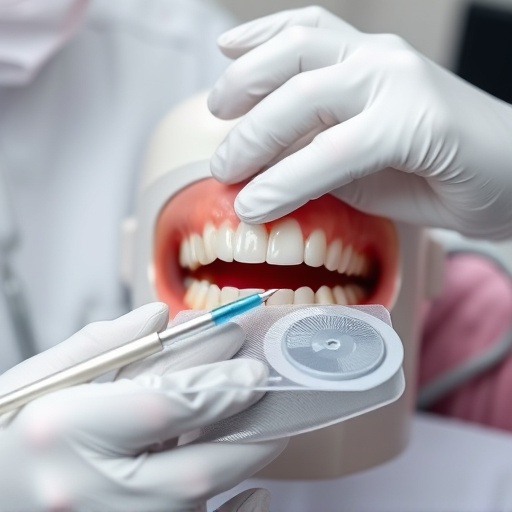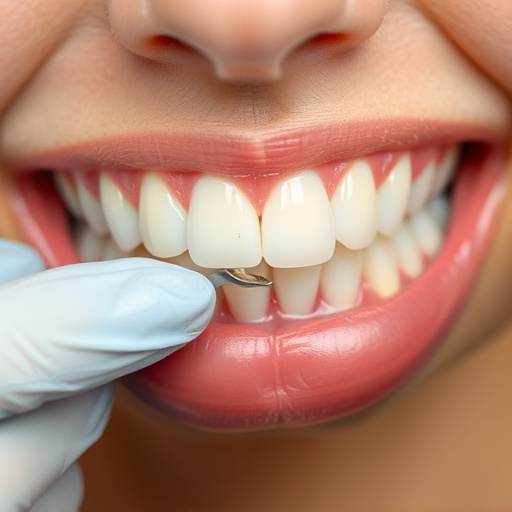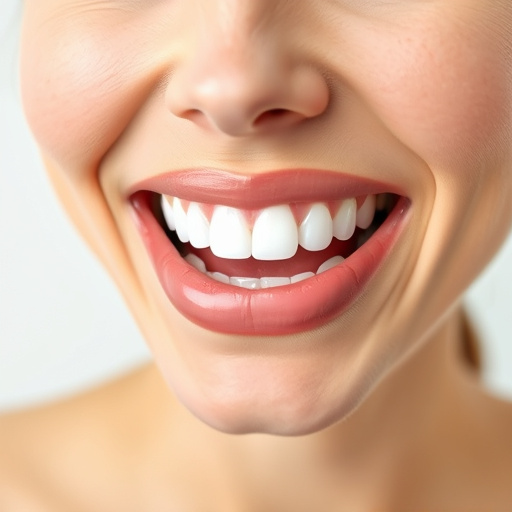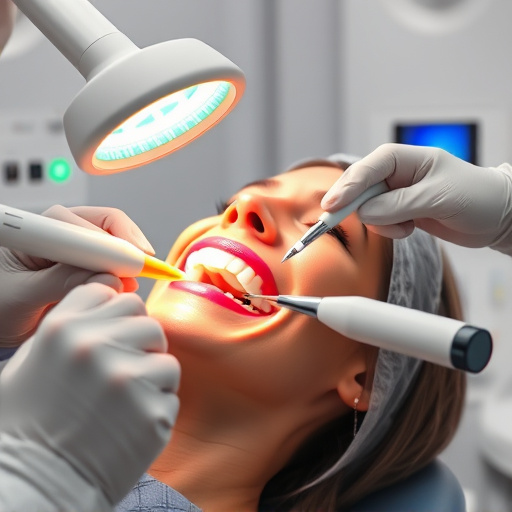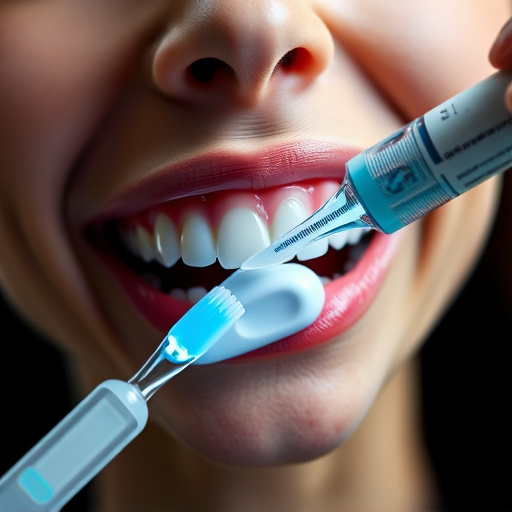3D dental imaging has revolutionized dentistry by providing unprecedented precision in oral care. Advanced scanners create detailed, full-color models of teeth, gums, and bone structures, offering a comprehensive view that enhances diagnosis and treatment planning. This technology enables dentists to perform complex procedures like fitting crowns with unparalleled accuracy, identify abnormalities, and develop personalized treatment plans for optimal patient outcomes. Compared to traditional methods, 3D dental imaging offers improved aesthetics, functionality, and efficiency in tooth restoration, reducing the need for multiple visits.
“Revolutionize your dental restoration journey with the power of 3D dental imaging. This cutting-edge technology is transforming traditional dental practices, offering unprecedented precision in tooth restoration. From understanding complex oral structures to planning intricate procedures, 3D dental imaging provides a detailed roadmap for dentists.
This advanced tool offers numerous advantages, including improved accuracy, reduced treatment time, and enhanced visual communication. Get ready to explore how this technology is changing the game in dental care.”
- Understanding 3D Dental Imaging Technology
- Advantages of 3D Imaging for Tooth Restoration
- The Process and What to Expect
Understanding 3D Dental Imaging Technology
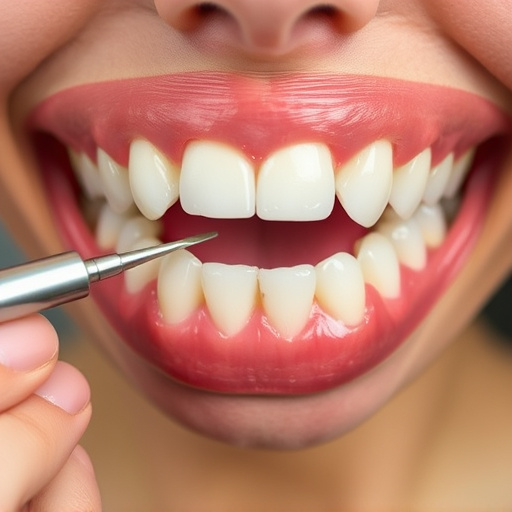
3D dental imaging has revolutionized the field of dentistry, providing a precise and detailed view of dental structures like never before. This cutting-edge technology utilizes advanced scanners to capture highly accurate, three-dimensional models of teeth, gums, and surrounding bone structures. Unlike traditional two-dimensional X-rays, 3D imaging offers a comprehensive, full-color representation, allowing dentists to diagnose and treat issues with greater ease and accuracy.
The benefits of 3D dental imaging are numerous, especially in the areas of cosmetic dentistry and emergency dental care. Dentists can now plan and execute complex procedures, such as fitting dental crowns, with unmatched precision. This level of detail enables them to identify subtle changes and abnormalities that might be missed by conventional methods. Moreover, it aids in creating personalized treatment plans, ensuring optimal results and patient satisfaction.
Advantages of 3D Imaging for Tooth Restoration
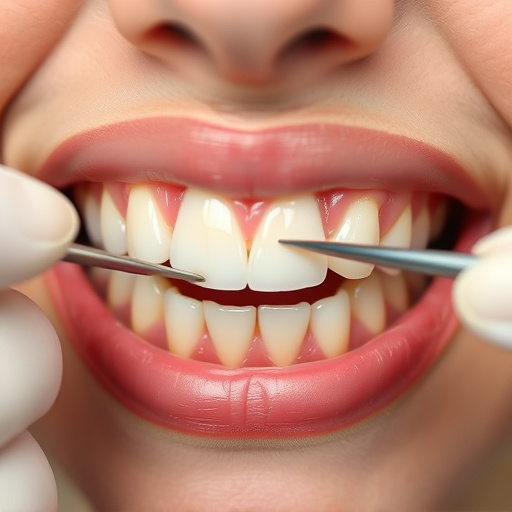
The introduction of 3D dental imaging has revolutionized tooth restoration procedures, offering several advantages over traditional methods. This advanced technology allows dentists to create detailed digital models of teeth and oral structures with remarkable precision. With 3D imaging, dentists can visualize every angle and layer of a patient’s mouth, enabling them to make more informed decisions during treatment planning.
One significant benefit is the ability to accurately design and fit dental crowns and fillings. The three-dimensional view ensures that restorations are tailored to match the unique anatomy of each tooth, enhancing the overall aesthetic and functionality. Moreover, 3D imaging reduces the need for multiple visits by providing a complete picture, allowing dentists to perform complex procedures more efficiently, including those involving dental cleanings and other restorative treatments.
The Process and What to Expect
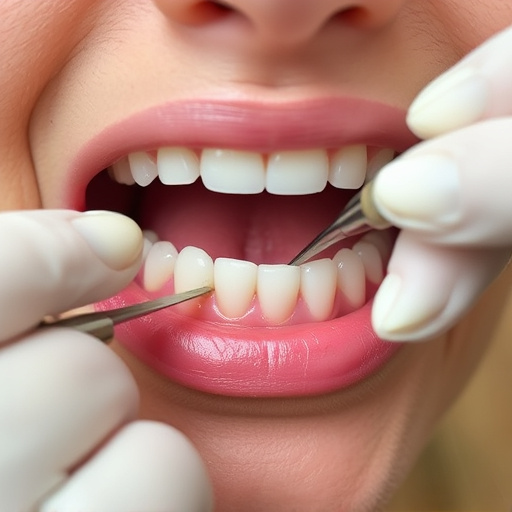
The process of using 3D dental imaging for precise tooth restoration begins with a detailed scan of your mouth. This advanced technology captures highly accurate, three-dimensional models of your teeth and gums, providing dentists with a clear picture of your oral health. Unlike traditional methods like X-rays, which offer a flat image, 3D imaging offers a comprehensive view, allowing for more precise diagnosis and treatment planning.
During the procedure, you may be asked to wear a special scanner that takes multiple images from various angles. The data is then processed by computer software to create a detailed digital model of your teeth and jaw. This allows dentists to virtually examine every aspect of your oral structure. Based on this 3D scan, dentists can recommend specific treatments such as teeth cleaning, dental fillings, or even crafting custom-made dental crowns with exact measurements, ensuring the restoration fits seamlessly and provides long-lasting results.
3D dental imaging has revolutionized tooth restoration, offering unprecedented precision and accuracy. By providing detailed, three-dimensional views of teeth and oral structures, this technology enables dentists to plan and execute complex procedures with greater ease and efficiency. The advantages are clear: improved outcomes, reduced treatment time, and enhanced patient comfort. Embracing 3D dental imaging is a step towards modern, advanced dental care that benefits both practitioners and patients alike.





